A sense of individuality and admiration of beauty is a factor which has stirred the human soul from a time, when even measurement of time hadn’t started. These aspiration has found their manifestation in many art forms over the ages. Tattoo is one of such artistic expression, where the artist puts colour on human body (under the skin) using needles ; instead of using colouring brush to put paint on a canvas.
The tattoos always evoke diverse sentiments from onlookers, ranging from awe and admiration to downright contempt. In the western world tattoos have always had a negative connotation and people having tattoo were looked down as lowly menial workers or criminals. Here without much more in depth analysis of the aesthetic perception or associated social conception towards this ancient trend, we would take just a balanced review of the associated medical and health aspect, which is usually overlooked, when discussion on appreciation or depreciation of this ancient art crop up.
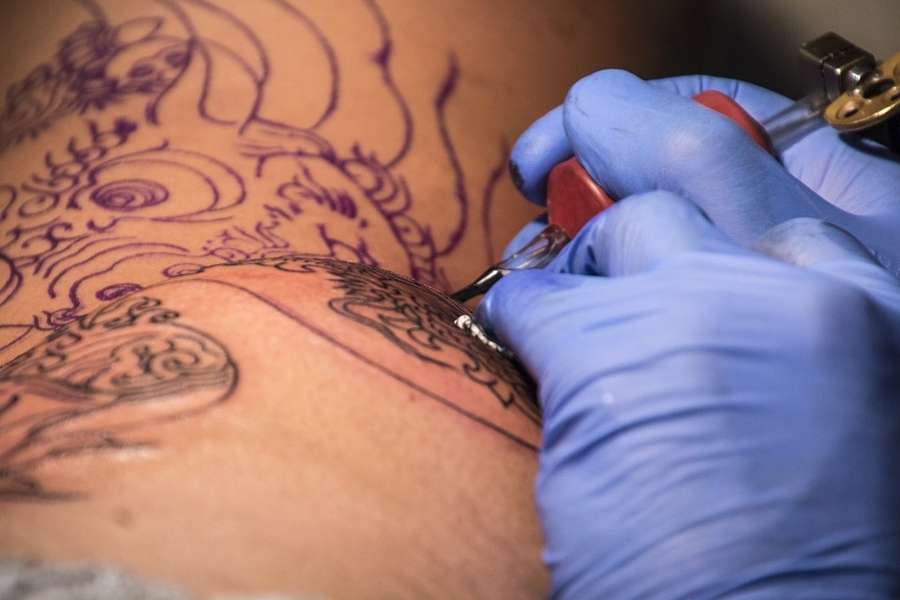
The scientific basis of creating tattoo, is by inserting coloured dyes and ink, into the dermis layer (deeper layer) of the skin to give an impression of a coloured drawing. These may be temporary or permanent. These tattoos are not always intentionally created by an artist on a person lying patiently on a couch for hours, sometimes these may be created inadvertently as a result of trauma. A classical example of this is found in coal miners, who develop tattoo when coal dust gets trapped inside wounds, which the worker sustain in their line of work. The tattoo formed because of trauma are mostly permanent in nature and very difficult to remove as they are very deep and diffusedly spread out.
Medical tattooing has existed for thousands of years since the days of ancient Egypt, as evident from the discovered mummies. In the modern world, tattoos are extensively used in cosmetic surgery mainly to camouflage a skin deformity or abnormality. They have found use in enhancing eyebrows and lips. Many also use this tattoo to hide the scars of mastectomy -- Breast removal surgery, usually done for cancer of the breast. It is also used in condition like vitiligo, which is characterised by multiple sharply demarcated hypopigmented patches, which are white in colour. Tattoos are used here, to cover these white patches, so as to make them less obvious. However this type of medical tattooing, is undertaken only after ensuring the safety aspect of the affected person.
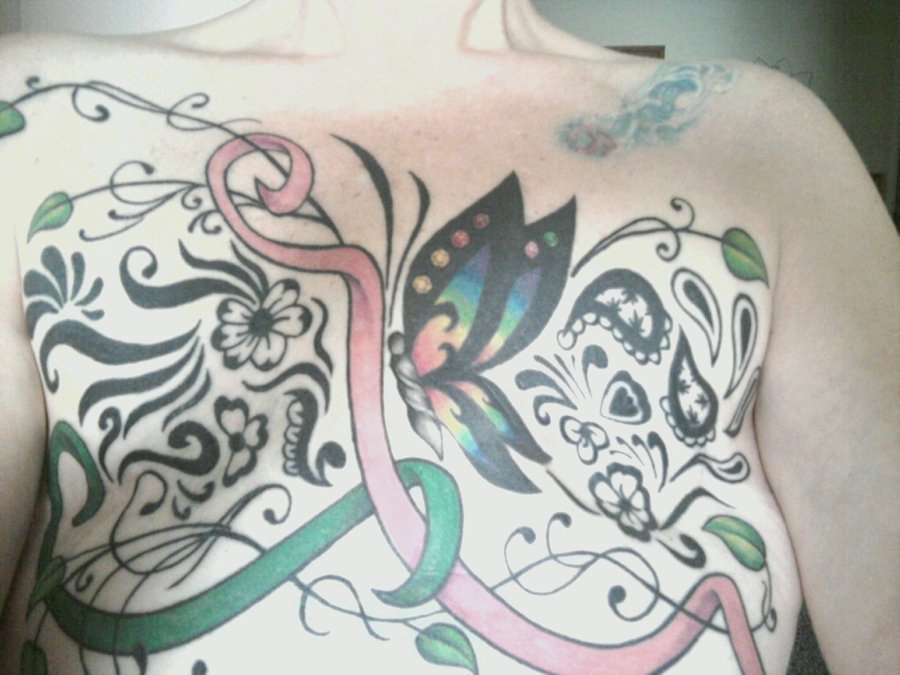
The trend of getting a tattoo has increased over the years, irrespective of age bars and professional demarcations. Unfortunately most of the people who get a tattoo are oblivious of the potential ill effects. It is for their benefit, a liberty is taken to explain the procedure, once again in short. The hand held tattooing instrument resembles a sewing machine in it’s action. At the time of tattooing the skin is punctured with needle pricks innumerable times. With each prick, the ink or the coloured pigment, is deposited in dermis, which is a part of skin layer present below the epidermis. The dermis of the skin contains many blood vessels and nerves. So when the coloured pigment or ink is pushed into the dermis, it also finally enters the blood stream and from there it can spread widely throughout the body. Now after understanding the procedure, it will be much easier to comprehend the possible complications and concerns. Some of these are –
Eyeball tattooing is the newest revolutionary progress in the field of Tattooing. This a special kind of tattoo, in which colour is injected under the sclera of the eye. Hence this is also called scleral tattoo by some. Most of the tattoo artist doing this, claim to be very precise and professional, but even a small mistake can cause permanent pain or blindness in the eye. The other complications, which can arise, are same as any other tattoo. These are– infection, bleeding, allergic reaction & scarring. All these are described in detail, in the coming lines. Coming back to eyeball tattoo, in many countries across the world, this type of tattooing has been declared to be illegal and has been banned.
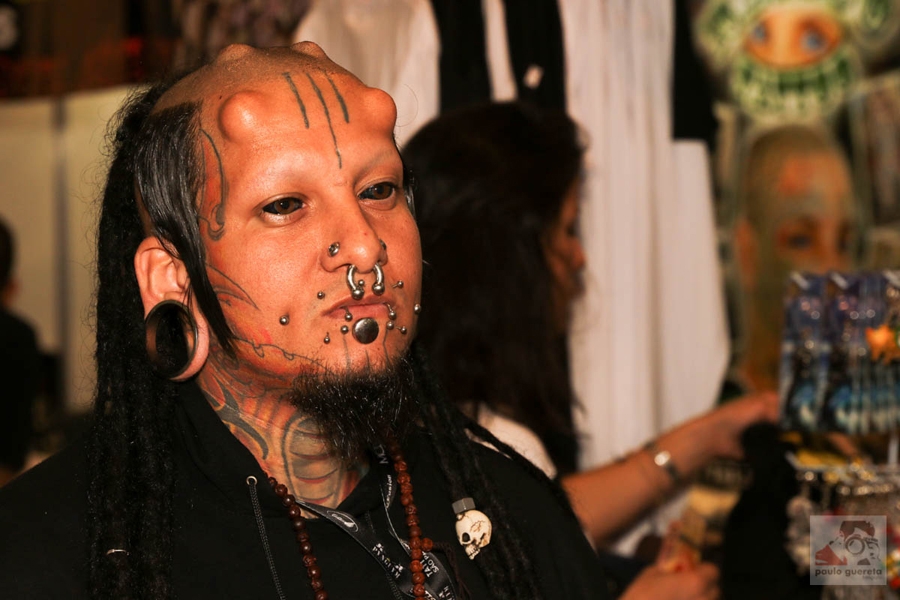
Many people do not realise the fact that the ink used for tattooing may contain harmful elements, which can cause severe allergic reactions in a persons body. Sometimes the complications is noted weeks or months later, which compounds the matter further. The situation is complicated by the fact that in majority of the situation it is almost impossible for anybody, including the physicians, to predict accurately, before the procedure, if any allergic reaction would occur or not. But studies have proved that, some of the coloured pigment have shown more propensity in causing such reactions, compared to others. These are – red pigments containing mercury, yellow pigments containing cadmium, blue pigment containing cobalt, green pigment containing dichromate. These chemicals can cause unpredictable immunological and toxic changes. In many instances further medical or surgical assistance may be needed to deal with the associated problems.
Some people believe that at the time of tattooing, toxic chemicals may enter the body, which can cause cancer. But the medical fraternity is divided in this matter, as if the chemicals used in tattooing can cause cancer or not. But what they are absolutely sure is -- sometimes if a person has a real bad luck, a skin malignancy may arise in an area where the tattoo may be present. In that case the colourful tattoo may make it very difficult for the patient to realise there is a problem in the affected area. This may cause a delay in seeking medical attention, which has it’s own set of problems. So it is important to emphasise the fact, that tattoo should be never be made over an area containing any birthmarks or moles, as any change in these may be difficult to interpret, if the area is camouflaged by tattoo.
Most people while getting a tattoo do not contemplate about the need for complicated diagnostic procedures, that may arise later in life. But life with it’s unpredictable nature, has a tendency to throw some nasty surprises. Many people have suffered this type of unpredictability, while undergoing investigations like X rays and MRI. Iron oxide contained in some tattoo pigments, not just distorts the image quality in MRI but has been recorded as also producing burn like injuries.
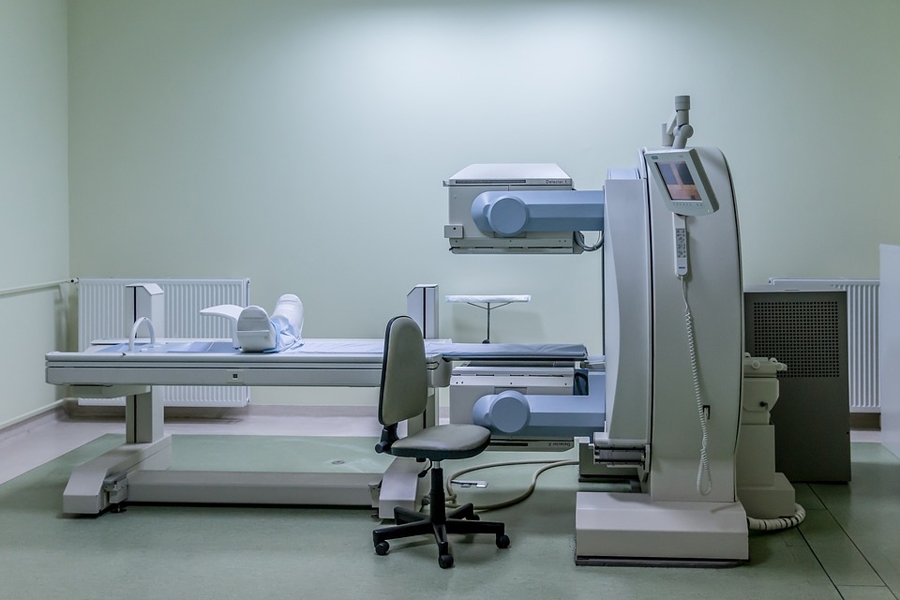
It is to be noted that, while making tattoo, the protective skin layer is breached. This makes the person getting a tattoo vulnerable to many different infections, if proper care is not taken by the tattoo artist or the person acquiring the tattoo. There are records of different infections occurring by this procedure. They may range from barely perceptible infections to life threatening conditions (rarely) like – septicaemia, tetanus and toxic shock syndrome. Reused needles have also been recorded as a cause of spread of Hepatitis and HIV in trusting clients.
Perspiration serves many important functions in the human body. Some of them are -- It helps in maintaining the temperature of the body, it also helps in removal of waste product like ammonia and urea. It has been found that, tattoos decrease perspiration by almost 50% for any given area. The sweat coming out, was also found to be more concentrated in these areas. For small tattoos these changes would be inconsequential, but for multiple tattoos covering large area, these changes would create significant difference. Impaired sweating in people exposed to heated condition for a prolonged period, may cause a heat stroke.
Some people are predisposed to form keloids and hypertrophic scar(sometimes). It is not always possible to predict these before the incident. Keloids –which are raised area created by overgrowth of scar tissue, are particularly bothersome, as they spread to nearby healthy areas and also produce an irritating itch. Many times small swelling called granuloma, form around the tattoo dye or ink. Unfortunately most of the tattoo artists and their clients do not consider these possibilities.
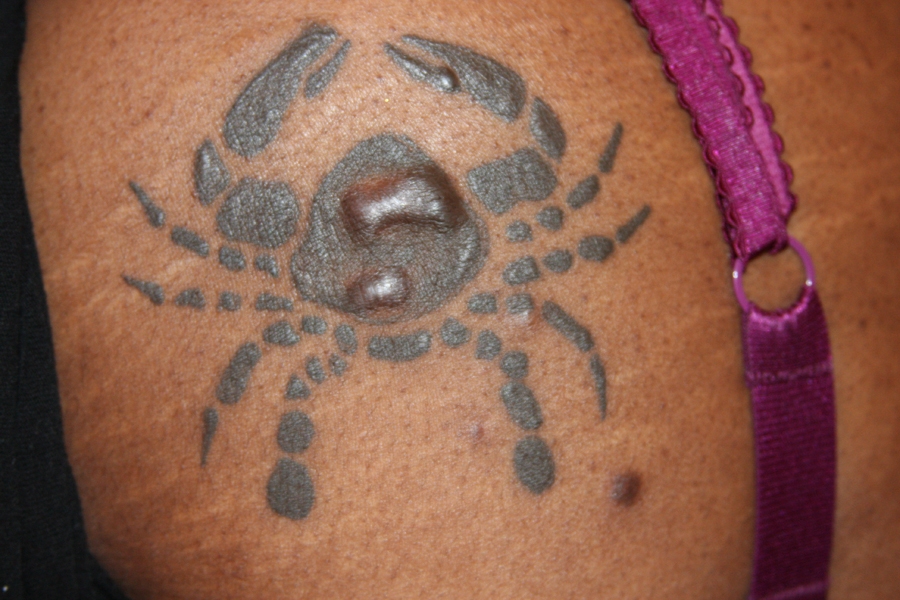
Although infrequently, but it may happen during the tattoo making, that the needle may puncture some superficial blood vessel. Although the blood collected in the area due to inadvertent injury, gradually disappear with time, but in the initial stages the swelling and bruise may give an ugly look.
The ink of tattoo enters the bloodstream, passing along the dermis of skin. From the blood they spread to different parts of the body. Some of these ink material can also move to lymphatic system and finally reach the lymph nodes. As the main function of lymph nodes is to collect and destroy harmful elements circulating in the body, these lymph nodes become enlarged and pigmented. The iron and carbon contained in the black tattoo ink or the chromium, cobalt, manganese & nickel in the coloured ink have a special tendency to end up in the lymph nodes. Animal experiments have also shown that tattoo ink may also reach to the liver. All these factors can cause unpredictable long term effects on the health of a person.
Tattooing involves injection of outside ink and unknown pigments into the body. The shop where a person gets a tattoo may not have maintained all the sterile precautions, making the person getting a tattoo vulnerable to infections like hepatitis B and hepatitis C. For these reasons many blood donation centres, refuse to accept blood from a person, who recently had a tattoo. This criteria of ‘recent’ can vary from 1 week to 1 month depending on the specifications of the blood donation centre. American association of blood banks does not allow, people to donate blood, till 1 year after the tattoo procedure. Sometimes people getting the tattoo from an unregulated parlour can be refused permission to donate blood altogether.
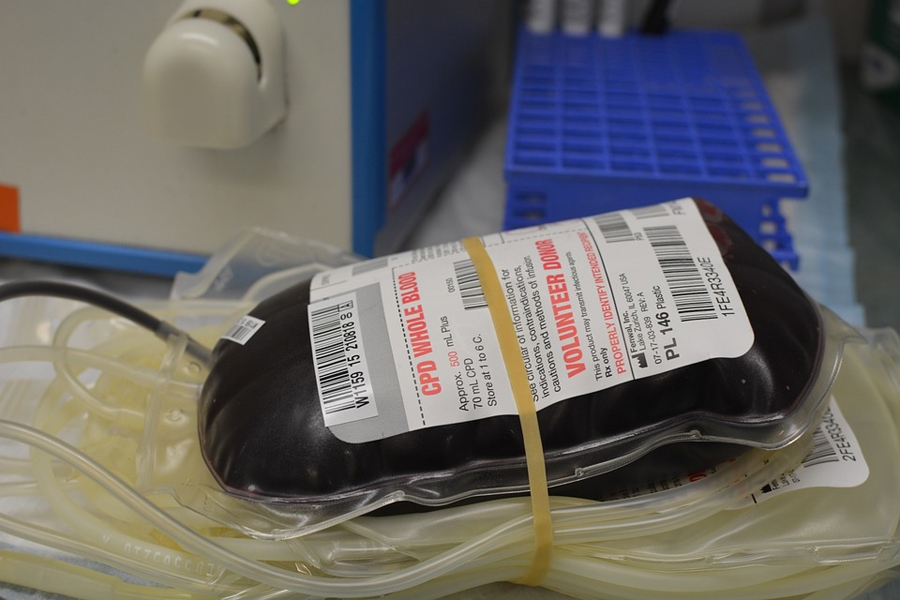
If a person has decided to get a tattoo, then he should at least take the best precautions, which are technically possible. Unfortunately in many 3rd world countries (and sometimes even in the 1st world) many tattoo parlour employs staff who are not adequately trained and sterile precautions are not taken, which increases the chance of infection, mentioned previously. The first thing that should be checked is, if the parlour has the correct license? Unfortunately in many places a formal license is not required and that can complicate the situation.
It should be also checked, if the tattoo artist is taking steps to prevent infections – like washing of hands & wearing new sterile gloves before the procedure. The instruments, being used for the procedure should also be sterilised. For this purpose, the tattooing centre should ideally have a heat sterilization machine, known as autoclave machine. For things that cannot be put in an autoclave machine, suitable chemical disinfection methods should be ideally available.
Some modifications made at the time of getting the tattoo, which reduces chances of late complications are -- using black tattoo ink without iron oxide, for the ordinary tattoos. If someone opts for a colourful tattoo, then it would be safer to find a tattoo artist, who uses non metallic organic pigments. Some of these alternatives are – carmine, scarlet lake, brazilwood and sandalwood.
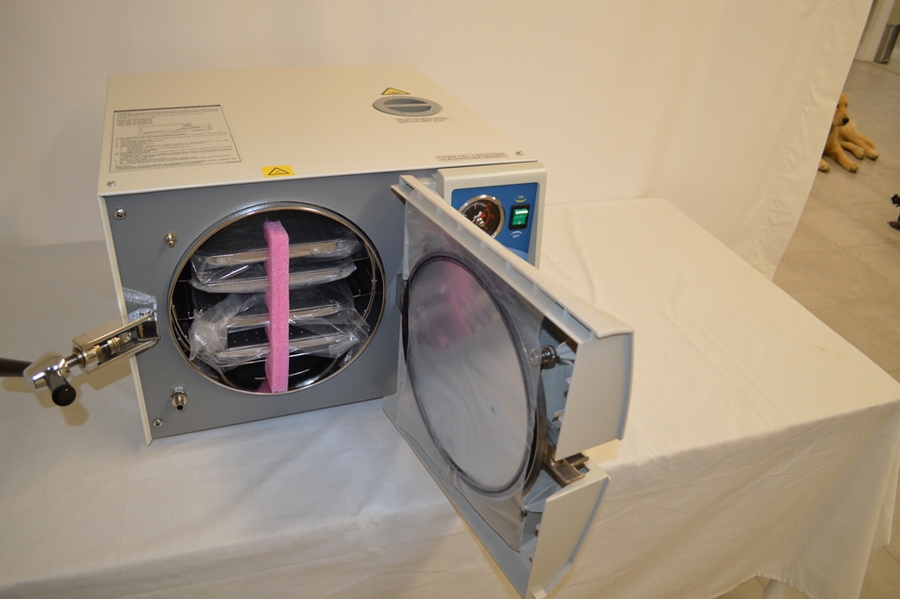
The final responsibility for safety precautions, lies with the person getting a tattoo. In the initial few weeks after getting a tattoo, few basic precautions should be observed. He/she should keep the tattooed area clean and healthy. This can easily be done, by gently cleaning the area by mild soap and using a light antibacterial cream over it. Swimming should be avoided for initial few weeks. After the area is healed, applying a light moisturiser is helpful. Violent rubbing over the area should always be avoided. Tight fitting garments that rubs over the tattoo or sticks to it, should also be avoided. The tattoo area may take 10 to 14 days for healing. During this time, no scratching of the affected part should be done, which can cause infection and scarring over the area. Precautions from direct sunlight should be observed for initial few weeks.
Many people may decide to remove the tattoo later in life for multiple reasons. The most famous example, would be of the Nazi German soldiers of Waffen – SS, who had their blood group tattooed near their armpits. After the end of second world war, many of these soldiers were identified and prosecuted as war criminals on basis of this tattoo. Hence many of these soldiers shot themselves in the arm, to remove this mark of identity. In the modern times, many people want to remove the tattoo of their body for much simpler cause. One of the most common reason, which brings these people to the doctor is, for removal of the name of an ex – partner. Whatever the reason may be, there are multiple options to do this. The most commonly used techniques are ---
Laser is one of the most common means of removing a very large sized tattoo. It almost always needs multiple sittings, in gaps of weekly or monthly intervals and the tattoo becomes lighter/fader with each visit. The downside of this form of treatment is the cost of laser machine, long duration of treatment and many times allergic reactions, due to release of allergic substance from the tattoo by action of laser. Many tattoos fail to disappear totally, in spite of long duration of treatment and in some cases the tattoo may become more darker than before; or scarring may also occur.
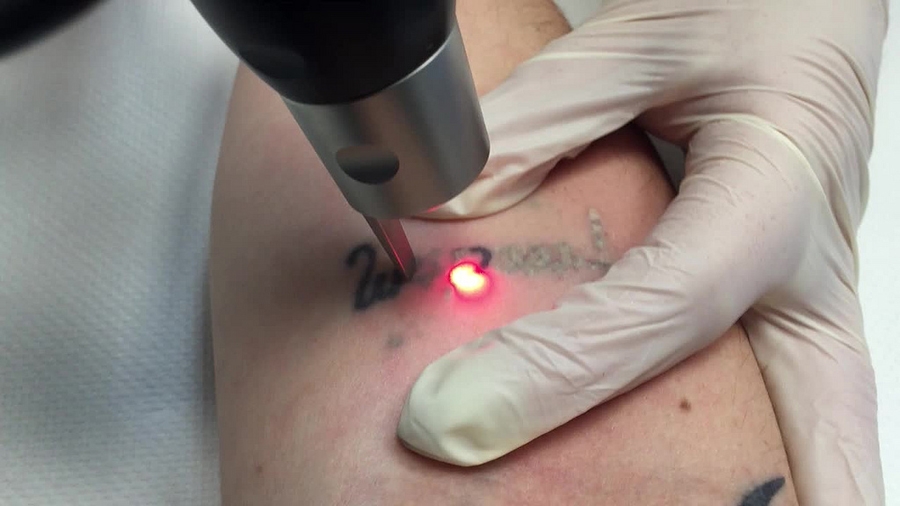
Dermabrasion is a procedure done typically by a dermatologist or a Plastic surgeon. In this the superficial layers of the skin are removed, by a rapidly revolving rough instrument, which causes controlled abrasion of superficial skin layers. This can be done by diamond wheel or more readily available - sterilised sandpaper. This can be painful and hence done under some form of anaesthesia, mostly local anaesthesia. The final result may be an ugly scar.
This is a process in which a deliberate scar is produced at the site of tattoo. This can be done by using an acid solution or other means of burning the tissues. This a very old technique and rarely used in the modern world.
For many, this may be the easiest and most reliable procedure. The procedure entails making a new tattoo over the older one. This can be done in two ways – by using skin coloured pigment, which is meant to give a skin coloured covering over the tattoo, but unfortunately the natural look of original skin is never obtained. In the second method, a new coloured tattoo is made over the previous one, hence obscuring the nature of the previous tattoo.
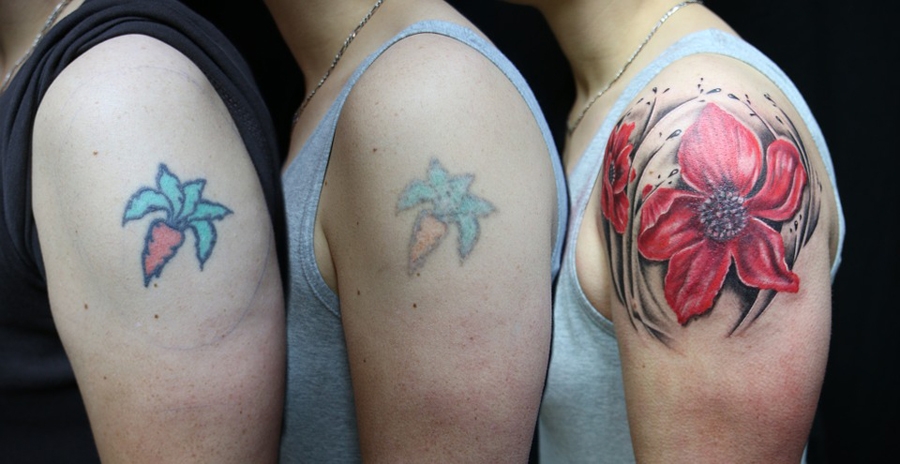
In surgical removal, the whole tattoo containing area is excised and then the raw margins are sutured together. Unfortunately this can only be done for very small tattoos. For larger sized tattoo, excision can only be done partially in stages, with gaps of few months in between the stages. This allows the skin involved to regain some parts of it’s elasticity, so some more of the remaining portion of the tattoo can be removed. This is also known as – Serial Excision, which is routinely used by Plastic Surgeons. Sometimes tissue expander is used -- in which a balloon is inserted under the skin and is inflated with saline in periodic interval, this allows the skin over it to stretch like a pregnant uterus. Finally when sufficient extra skin is available, the entire tattoo can be excised & wound margin stitched together in a single sitting.
All the above discussion, was to make a person aware of the possible complications of getting a tattoo. Because, as must be obvious by now, that it is very easy to get a tattoo, but very difficult to reverse this decision. A decision made in haste may become a cause of an eternal regret for ever. We hope the next time, when you are thinking of getting a tattoo, you will remember the facts we discussed here and take a balanced decision.